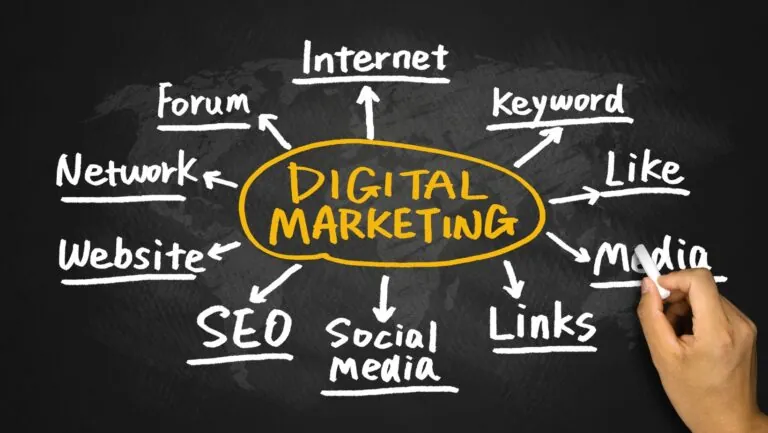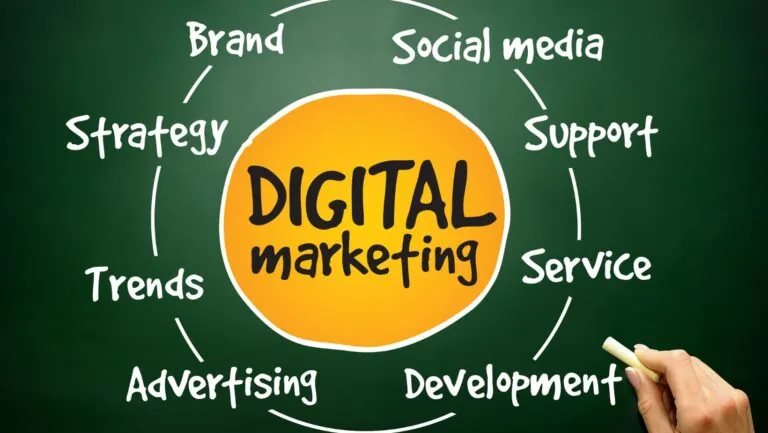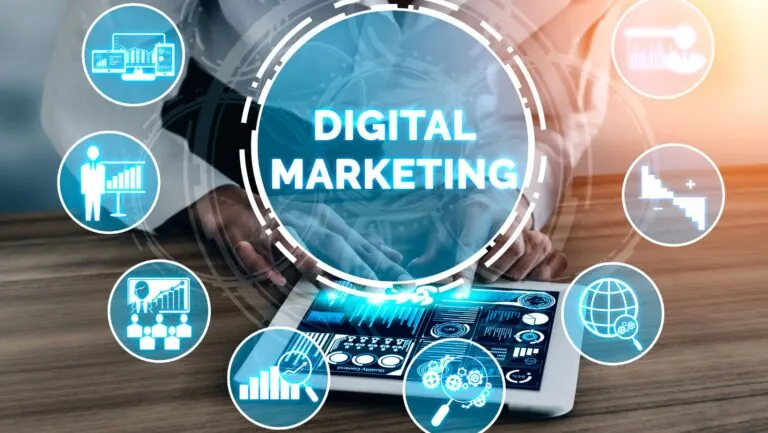Table of Contents
ToggleIn today’s fast-paced digital landscape, a well-crafted product launch email can be the difference between a successful launch and a missed opportunity. Businesses invest significant time and resources into developing new products, but without an effective email strategy, even the best offerings can go unnoticed.
A product launch email serves as the first point of contact with potential customers, sparking interest and excitement. It’s not just about announcing a new product; it’s about telling a compelling story that resonates with the audience and encourages them to take action. Understanding how to create an engaging and persuasive email can elevate a brand’s presence and drive sales from day one.
Understanding Product Launch Email
A product launch email serves as a critical tool in promoting new products. It facilitates communication between brands and potential customers, ensuring the product gains the attention it deserves.
Importance of Effective Communication
Effective communication in a product launch email influences consumer perception. Clear and concise messaging creates a sense of urgency, compelling potential customers to engage with the product. Brands that prioritize communication foster trust, enhancing customer relationships. Well-structured emails allow recipients to quickly grasp the product’s value and benefits, increasing the likelihood of conversion.
Components of a Successful Email
Successful product launch emails share common elements that contribute to their impact:
- Compelling Subject Line: Engaging subject lines grab attention and encourage opens.
- Clear Call to Action: Direct and actionable CTAs guide recipients toward the desired action.
- Engaging Visuals: High-quality images or videos showcase the product, drawing interest.
- Personalization: Tailored content resonates with the audience, making messages feel relevant.
- Storytelling Elements: Narratives that highlight the product’s unique features create emotional connections.
- Social Proof: Incorporating testimonials or user reviews builds credibility and trust.
- Responsive Design: Emails must display well across devices to enhance user experience.
Incorporating these components contributes to the effectiveness of a product launch email, ensuring it captures attention and drives engagement.
Crafting Your Product Launch Email

Crafting a product launch email involves meticulous planning and attention to detail. Each component plays a significant role in ensuring the email resonates with the target audience.
Creating Catchy Subject Lines
Creating catchy subject lines significantly boosts open rates. Subject lines should be concise and intriguing, capturing the essence of the launch. Using action-oriented language, such as “Discover” or “Unlock,” prompts recipients to explore further. Personalization also enhances engagement; for instance, including the recipient’s name or preferences can make the email feel tailored. Testing various subject lines through A/B testing reveals what resonates best with the audience.
Writing Engaging Content
Writing engaging content keeps readers interested and drives action. Start with a strong opening that highlights the product’s unique selling points. Incorporate storytelling for emotional connection; share the product’s journey and its benefits. Including bullet points or numbered lists helps break up text and emphasizes key features. Integrating visuals, like high-quality images or videos, enhances understanding and appeal. A well-placed call to action encourages immediate response, guiding recipients to take the next step, whether it’s visiting a website or making a purchase.
Best Practices for Sending Product Launch Emails
Effective timing and audience segmentation play crucial roles in the success of product launch emails. By adhering to these best practices, brands can maximize engagement and drive conversions.
Timing Your Email Campaign
Timing ensures that the email reaches recipients when they’re most receptive. Brands should consider the following:
- Pre-launch emails: Send teaser emails one to two weeks before the official launch, generating anticipation.
- Launch day emails: Deliver a clear, impactful message on the day of the launch to capture immediate interest.
- Follow-up emails: Schedule reminder emails two to three days after the launch to maintain momentum and encourage those who may have missed the initial announcement.
Selecting optimal days and times, based on audience engagement data, can further enhance open rates and interactions.
Segmenting Your Audience
Audience segmentation tailors messages to specific groups, increasing relevance. Brands should focus on these strategies:
- Demographic segmentation: Categorize audiences by age, location, or gender to address specific interests and needs that resonate with them.
- Behavioral segmentation: Analyze past purchasing behavior and engagement metrics to create targeted emails that speak directly to consumer preferences.
- Interest-based segmentation: Group subscribers based on indicated interests to ensure emails contain content they find valuable and engaging.
Implementing segmentation strategies helps deliver personalized messages, resulting in higher engagement rates and improved returns on marketing investments.
Analyzing the Success of Your Product Launch Email
Analyzing the success of a product launch email requires careful evaluation of various metrics and feedback. Understanding how these factors contribute to overall effectiveness enhances strategic decisions in future campaigns.
Metrics to Track
Tracking specific metrics enables brands to measure the efficacy of their product launch emails. Key metrics include:
- Open Rate: Indicates how many recipients opened the email, reflecting the effectiveness of the subject line.
- Click-Through Rate (CTR): Measures the percentage of recipients who clicked on links within the email, showcasing engagement levels.
- Conversion Rate: Represents the proportion of email recipients who completed a desired action, such as making a purchase, essential for assessing the email’s impact on sales.
- Bounce Rate: Tracks the percentage of emails that were undeliverable, providing insights into list quality and validation.
- Unsubscribe Rate: Measures how many recipients opt-out after receiving the email, indicating overall satisfaction with the content and frequency.
- Revenue Per Email: Calculates the generated revenue relative to the number of emails sent, helping assess financial performance.
By analyzing these metrics, brands identify strengths and weaknesses in their email strategy, guiding adjustments for subsequent launches.
Learning from Feedback
Feedback plays a vital role in refining product launch emails. Gathering insights allows brands to adapt their approach effectively. Important methods include:
- Surveys: Sending post-launch surveys to recipients invites direct input on email content and design, revealing areas for improvement.
- A/B Testing: Comparing different email versions helps identify which elements resonate best with the audience, such as varied subject lines or visuals.
- Engagement Metrics: Monitoring metrics like CTR and conversion rates highlights which aspects of the email captivate recipients, informing future content strategies.
- Social Media Listening: Observing conversations on social media platforms provides unfiltered opinions about the product launch email, revealing consumer sentiment and preferences.
Incorporating feedback into future campaigns ensures continuous improvement, enhancing overall effectiveness in upcoming product launches.
A well-executed product launch email can make all the difference in a brand’s success. By telling a compelling story and engaging potential customers, businesses can ensure their new products get the attention they deserve.
Incorporating best practices like catchy subject lines and personalized content fosters trust and encourages action. It’s essential to analyze the effectiveness of these emails through key metrics and feedback to continually refine strategies.
With meticulous planning and attention to detail, brands can create impactful product launch emails that drive engagement and boost sales. Embracing these strategies positions businesses for a successful product introduction in today’s competitive market.








